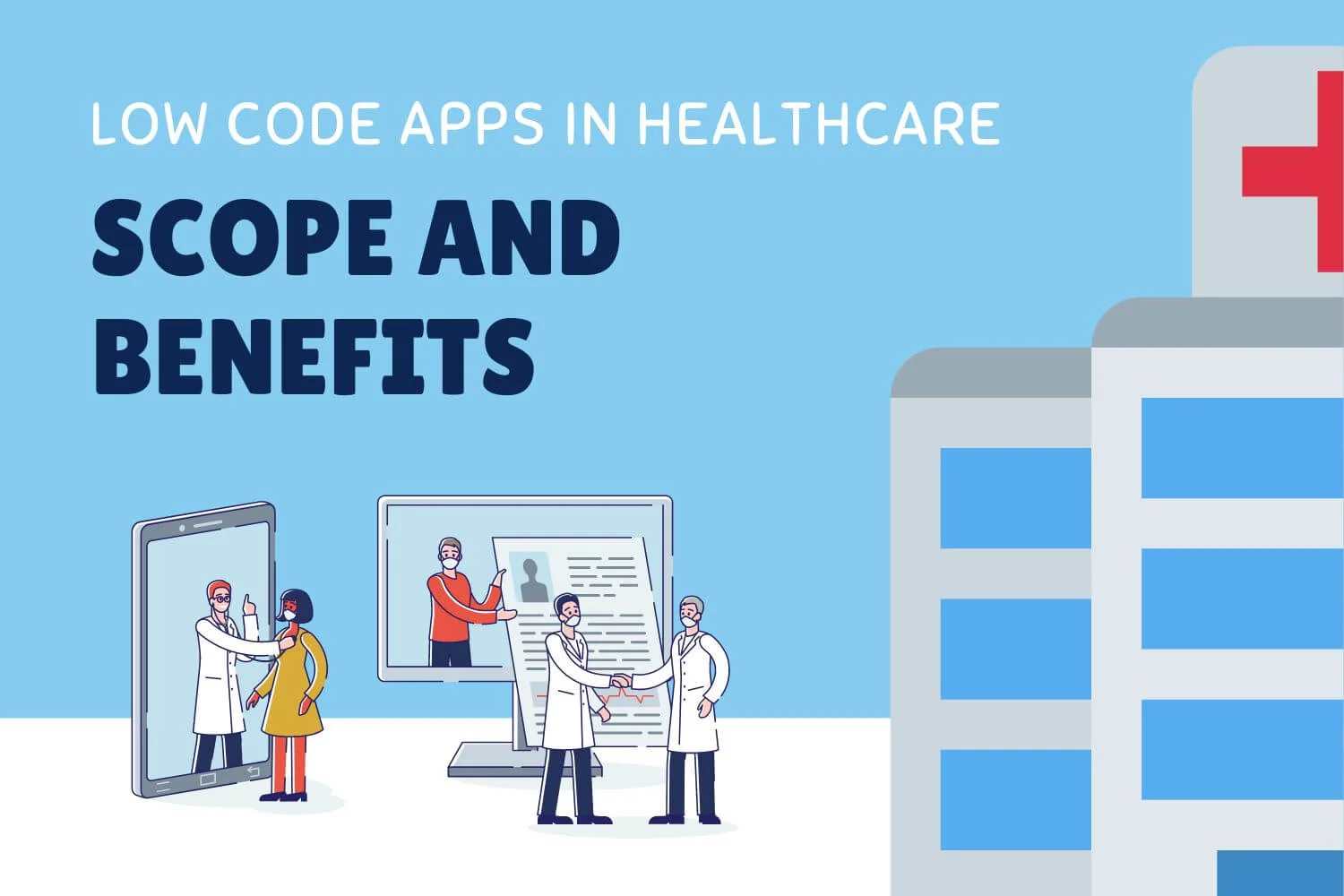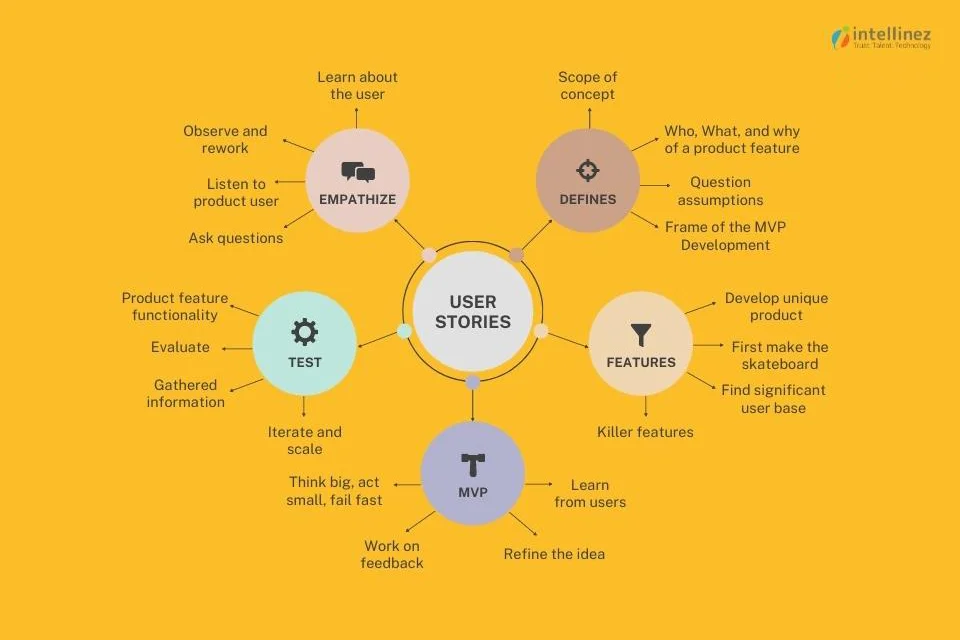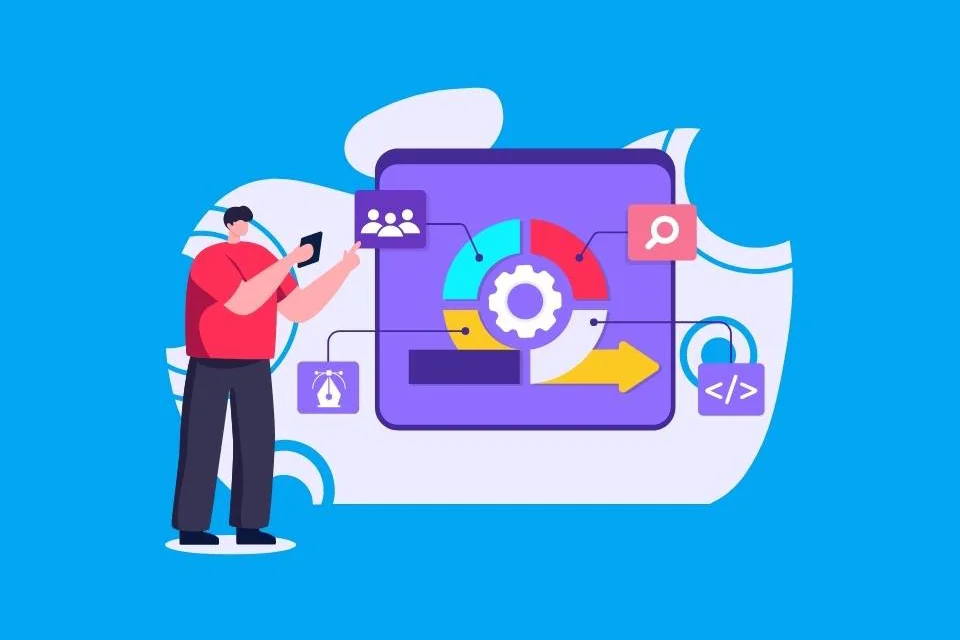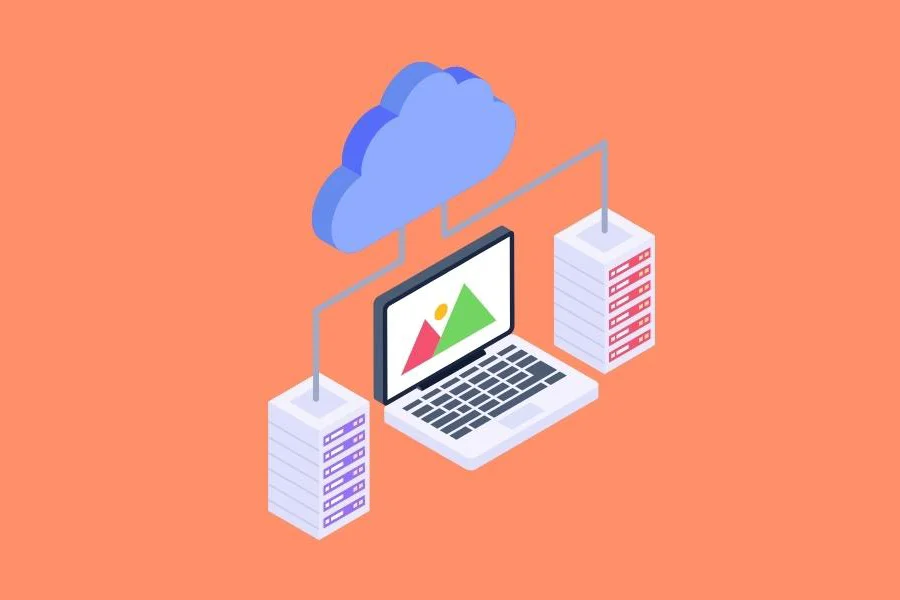Let’s face it, saving money is a priority for everyone, and low-code application development offers a cost-effective and efficient solution. With pre-built functionality and fewer software engineers required, low-code development provides a quick and affordable way to create apps for small business owners or larger companies.
Consider this: Forrester Research predicts low-code spending to exceed $21 Bn by 2022, with 40% YoY growth. Also, Gartner estimates that low-code development will represent over 65% of all software delivery by 2024. These stats highlight low-code’s rising popularity as an approach to build small apps without requiring a large tech team.
What Is Low Code Development?
Low-code is a software development approach that involves minimal coding and relies on visual interfaces with drag-and-drop features and simple logic in a development platform. This offers a convenient and fast alternative to traditional software development, hence its increasing popularity.
Low-code technology offers developers a highly adaptable and visual environment for building applications, ranging from simple to complex, all within a graphical interface. These platforms come equipped with advanced tools such as drag-and-drop modelers, pre-built templates, and intuitive UI, enabling developers to design and deploy apps much faster. This, in turn, enables organizations to scale up, be more profitable, and achieve above-average returns.
What Applications Can Be Built Using Low-Code Technology
Low-code platforms can be used to develop a wide range of applications across various industries. Below are the few real world low code platform applications.
Customer relationship management (CRM) software
To create CRM software that helps businesses manage their customer interactions and relationships.
Human resources (HR) management software:
To develop HRMS that streamlines employee recruitment, on-boarding, performance management, and other HR processes.
Enterprise resource planning (ERP) software
To create ERP software that integrates and automates business processes across multiple departments, including finance, sales, and operations.
Workflow automation software
To develop workflow automation software that automates repetitive tasks, reduces errors, and improves efficiency.
Mobile application development:
To create mobile applications that can run on iOS or Android devices, without requiring extensive coding skills.
E-commerce platforms:
To develop e-commerce platforms that enable businesses to sell products and services online.
Data visualization software:
To create data visualization software that helps businesses analyse and visualize data.
Marketing automation software
To develop marketing automation software that automates marketing campaigns, lead generation, and customer engagement.
Benefits of Low-Code Development For Business Owners
There are several benefits of using low-code platforms for application development and some of the most significant advantages are:
Speed Of Development
These low-code development platforms enable developers to create applications more quickly than traditional coding methods. This is because low-code platforms provide pre-built components and templates that can be easily assembled to create an application. This reduces the time needed to write custom code from scratch.
Ease Of Use
These platforms are designed to be easy to use, even for people with limited technical expertise. The drag-and-drop interface and visual development tools make it possible for users to create applications without having to write complex code.
Reduced development cost
The speed and ease of development of low-code platforms can significantly reduce development costs. It eliminates the need for a large development team, as fewer developers are needed to build applications.
Flexibility
Agile low-code development method is highly flexible and can be customized to meet specific business needs. This means that businesses can create applications that are tailored to their unique requirements.
Improved Collaboration
Enable developers and non-developers to work together on application development. This promotes collaboration and improves communication between teams.
Faster Time-To-Market
Enable businesses to develop and deploy applications more quickly. This means that businesses can get their products and services to market faster, giving them a competitive advantage.
Reduced Errors
Reduce the likelihood of errors in application development. This is because they provide pre-built components that have been tested and validated, reducing the need for manual coding and the potential for errors.
Challenges of Low-Code Development Platforms
Having gained significant popularity in recent years owing to its ability to quickly develop and deploy applications with minimal coding, there are several challenges that organizations may face when implementing low-code platforms:
Limited functionality
Compared to traditional coding, organisations may find that certain features or customization options they require are not available in the low-code platform.
Integration challenges
Despite numerous business challenges solved by low code, it may not integrate seamlessly with other systems and technologies, which can lead to integration challenges.
Security risks
Organizations must take adequate measures to secure their low-code applications and ensure that their platforms comply with industry standards and regulations.
Scalability limitations
Some tools may not be suitable for large-scale applications that require high scalability and performance. This can result in slow application response times and poor user experience.
Skills gap
Though low-code platforms ought to reduce the need for programming expertise, organizations may still require skilled personnel to develop, deploy, and maintain their low-code applications. This can create a skills gap within the organization, leading to increased costs and longer development cycles.
Vendor lock-in
Organizations may become dependent on the low-code platform vendor and face difficulties migrating their applications to another platform if needed. This can result in reduced flexibility and increased costs over the long term.
Real World Use Cases of Using Low Code
Here’s what you can do with Low-Code to ease out and streamline your workflow.
Rapid prototyping
Create functional prototypes quickly and easily, saving time and resources.
Process automation
Automate repetitive tasks and workflows to improve efficiency and reduce errors.
Citizen development
Empower non-technical users to create applications with minimal coding knowledge.
Integration
Integrate with existing systems and databases without needing extensive coding expertise.
Collaboration
Enable teams to collaborate on development projects in real-time, regardless of location.
Experimentation
Test and iterate on ideas without the need for significant investment or resources.
Customization
Tailor software to specific business needs, without requiring extensive customization or development.
Future Of Low-Code
As organizations continue to adopt it as a key part of their digital transformation strategies, these trends are likely to shape the future of low-code:
Increased adoption
As more organizations realize the benefits, adoption is expected to grow significantly in the coming years. According to Forrester, the low-code development market is expected to reach $45.5 Bn in the coming five years.
Integration with AI and Machine Learning
Low-code platforms will increasingly leverage artificial intelligence and machine learning to automate routine tasks, improve application performance and enhance user experience.
Democratization of Development
Low-code platforms will continue to democratize development, empowering business users to create applications without the need for extensive technical expertise. This will enable organizations to develop and deploy applications more quickly and efficiently.
Multi-experience development
Low-code platforms will enable the development of applications across multiple platforms, devices, and channels, allowing organizations to provide a seamless user experience across various touchpoints.
Hybrid development
Low-code platforms will enable the development of hybrid applications that combine low-code and traditional coding, allowing developers to customize applications beyond the capabilities of the low-code platform.
Enhanced security
Low-code platforms will increasingly focus on enhancing application security to address growing cyber threats and protect sensitive data. This will include built-in security features and compliance with industry standards and regulations.
Conclusion
Thus, low-code development is expected to become more sophisticated, enabling organizations to develop and deploy applications faster and more efficiently while providing a better user experience. As a result, it will continue to play a crucial role in digital transformation and innovation.
Hire Intellinez For Your Low Code App Development Requirements
We have extensive experience and expertise in the field. Our team of skilled developers can quickly and efficiently create custom applications using low code development platforms, reducing development time and cost.
For us, customer satisfaction is of utmost priority and we offer excellent communication and support throughout the entire development process. With our comprehensive knowledge of low code development, we are the best choice for turning your app ideas into reality. Reach out to us to know more.









































![A Comprehensive Guide to AWS SaaS Architecture [Diagram Included] 86 Aws SaaS Architecture](http://www.intellinez.com/wp-content/uploads/2024/08/Title-image.jpg)





























































































